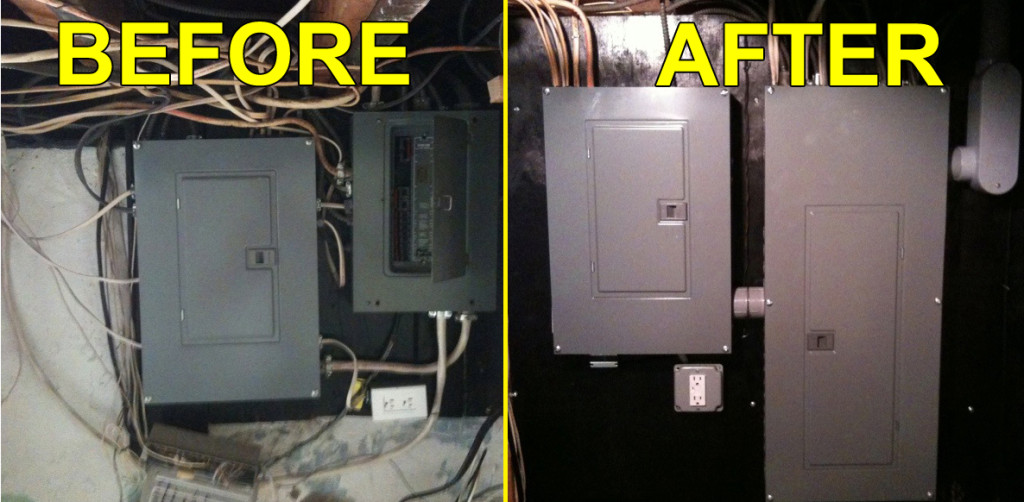Old Homes and Electricity
Everywhere a person looks, there is a new home renovation show on. Some of these contractors are doing remodels on older homes, and they are doing every type of remodeling imaginable. It is more common for older houses to not be up-to-date, have code violations, and have health hazards in them. A large health and safety hazard is not updated electrical wiring.
Electricity started to become a normal standard in the United States in the 1920s, by 1925 half of the homes in the United States had electricity and by the 1930s some homes with electricity started using appliances. During the 1920s the electric circuits were only needed for lighting and a few appliances; however, now with all the modern technology, the electric circuits are more heavy-duty. Older homes used a 60-amp electrical system, while now houses have a 200-amp/240V system. Most insurance companies won’t give insurance coverage for houses that use a 60-amp electrical system; however, sometimes they will ensure houses that run a 100-amp/240V system.
Knob and Tube (K&T) wiring became popular in the 1940s. K&T were neutral and hot wires that were covered by a cloth, the wires would run parallel with each other roughly a foot apart. Ceramic knobs were used to anchor wires and ceramic tubes were used where wires would cross or would connect to the framing. K&T wiring is not grounded and is also designed to be air cooled. Two problems with K&T wiring are: the size of the wiring can make it inadequate for today’s electrical appliances, and the wiring could have unsafe junctions that could cause arcing or start a fire.
During the mid-1960s and 1970s, aluminum wiring became a popular substitute for copper wiring. The change from copper to aluminum happened because of the expensive cost of copper. The aluminum did not conduct as well as the copper, so electricians had to modify the wire to a larger gauge. Sometimes the aluminum corrodes, which causes the wires to loose connections that can cause arcing or fires. Another problem occurs when the current flows through the aluminum and then the wire heats up and then cools down. When this occurs over and over it causes the wire to creep. When the wire creeps, it can cause overheating and loose connections.
Currently, non-metallic (NM) is the type of wiring that is currently being used. NM refers to the fact that the outer covering is made up of PVC. NM is either 12 or 14 gauge and it has either 2 or 3 conductors, plus the grounding going through it. The main issue with NM wiring is if it is not properly wired or not properly grounded.
There are ways to update the electrical wiring. Sometimes the fix is as simple as replacing a new cover for the junction box or staying with the wattage limit or calling the electric company (if it is fray wires in a weatherhead). Other times the fix is more complicated such as re-wiring or replacing switches or receptacles, and depending on a person’s ability it might be best to call in an electrician.
There are many things to consider when either buying or remodeling an older home. Older homes need to be safe for a person or a family to live in. One way to do this is by having an updated electrical system.
A big thanks to our sponsors at Pest control Edmonton for helping make this post happen. If you have a problem with bedbugs or other unwanted insects come check them out.
